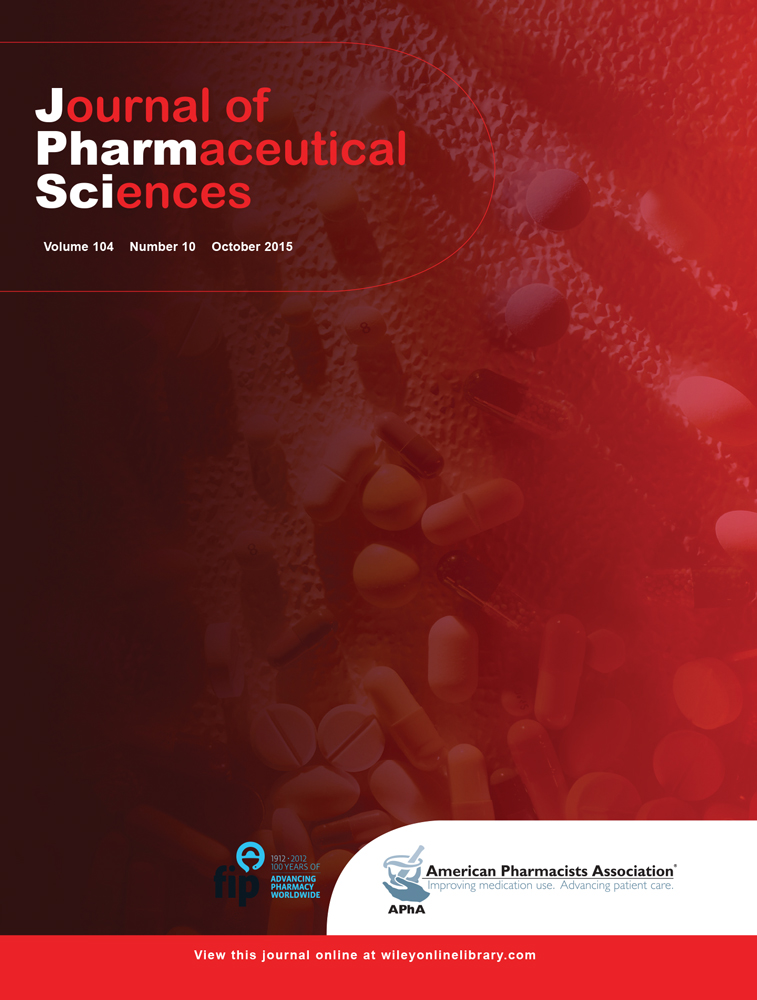Does the Anesthetic Urethane Influence the Pharmacokinetics of Antifungal Drugs? A Population Pharmacokinetic Investigation in Rats
Abstract
The aim of this paper was to analyze the impact of anesthesia induced by urethane on pharmacokinetics (PK) parameters of fluconazole (FCZ), mostly eliminated via renal excretion and voriconazole (VRC), eliminated mainly by hepatic metabolism. FCZ and VRC PK were investigated after administration of 10 mg/kg i.v. and 5 mg/kg i.v. doses to awake and urethane anesthetized Wistar rats (n = 6 per group), respectively. After dosing, blood samples were collected up to 18 h (FCZ) or 12 h (VRC) and the plasma data analysis was performed using the software MONOLIX v. 4.2.2. The population PK parameters and microconstants were determined by fitting plasma concentration–time profiles to two-compartment model for FCZ and three-compartment model for VRC. Fitting of FCZ plasma profiles after dosing to awake and anaesthetized animals resulted in a volume of distribution (V) of 9.3 and 8.1 L/kg, and k10 values of 0.12 and 0.14 h−1, respectively. VRC plasma profiles in awake and anaesthetized showed V 8.7 of and 7.6 L/kg, and k10 of 0.15 and 0.16 h−1, respectively. No statistical differences between plasma PK parameters and microconstants for the same drug in both animal conditions studied were observed (α = 0.05). © 2015 Wiley Periodicals, Inc. and the American Pharmacists Association J Pharm Sci 104:3314–3318, 2015




